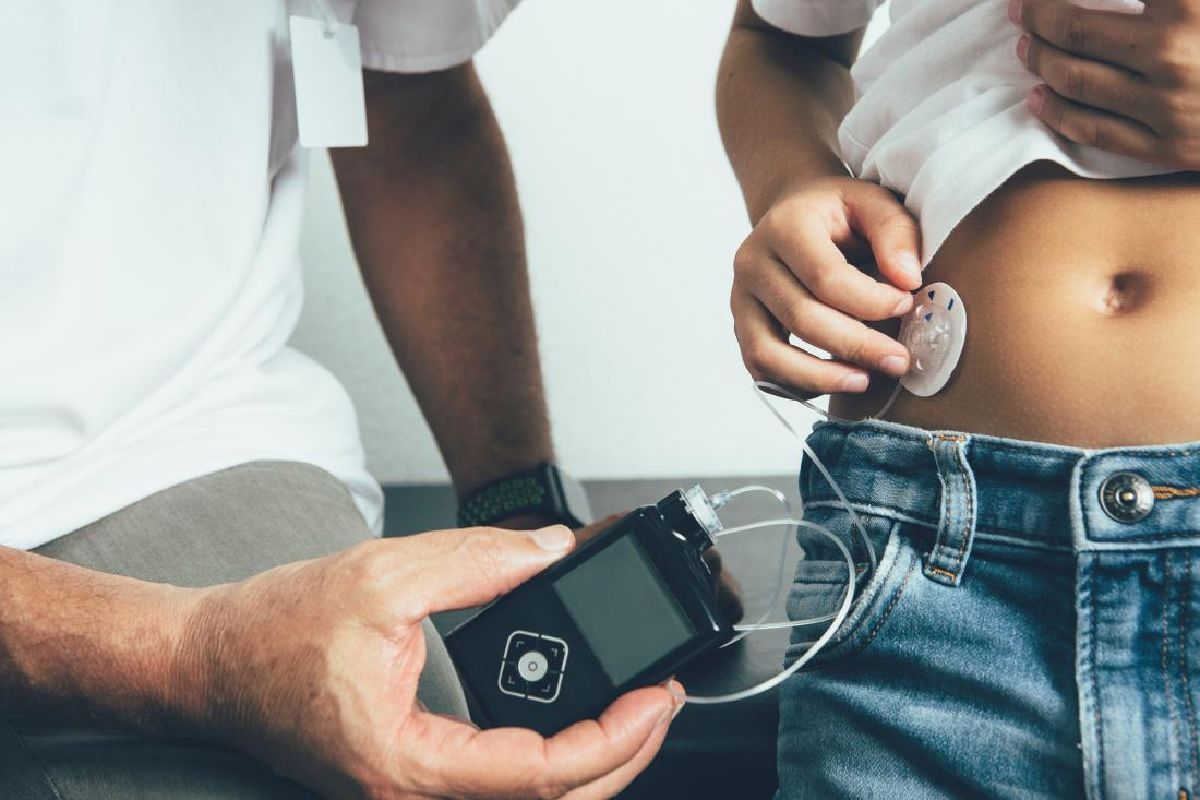

Diabetes is a serious medical condition that affects over 34 million people in the United States. It requires afflicted individuals to constantly inject insulin, a substance necessary for metabolizing carbohydrates.
Methods for insulin injection can include the use of needles or specialized pens, but it’s becoming much more common for people to use insulin pumps.
Table of Contents
Insulin injection pumps are compact computerized tools that can be carried around, which mimic the role a pancreas would play in individuals who don’t have diabetes. It requires no manual injection, and the pump will activate when an individual inputs information about the amount of insulin they need.
While there are many different pump brands, they’re usually available from 4 different distributors, one of them being Tandem Diabetes.
Some brands have devices that are extremely discreet and come with a remote control handset that directly connects to the injection pump through a Bluetooth connection and works up to 6 feet away.
A few offer a wide selection of different pumps that have features that allow for automatic injection of insulin at different intervals in time. Some devices are waterproof, and pretty much all of them come with colorful, easy-to-use operating screens.
Tandem Diabetes is a highly popular choice in the U.S. and can be connected to a smartphone via Bluetooth. It doesn’t require a battery but instead is charged directly. It’s also somewhat waterproof.
There are some pumps that don’t require any catheter tubing and are comparatively small. Instead of using a giant container for storing insulin; it uses smaller pods that are inserted into the device when needed.
Insulin pumps traditionally consist of three primary components: the infusion set, the actual pump, and catheter tubing.
Infusion Set: This is a small metal or synthetic casing that is directly attached to the abdomen. Underneath it is the cannula, which is a piece of tubing inserted into abdominal tissue, as well as the needle that is inserted into the cannula for insulin delivery.
Pump: This is the largest component handled by the user and consists of the insulin container, battery pack, and interface used to interact with the device.
Tubing: This piece of equipment is responsible for connecting the actual pump to the infusion set that allows insulin to enter the body.
When the pump device is activated, either automatically or manually, insulin is released from the attached container, which then is passed through the catheter tubing and then later a needle inserted into the cannula. Once insulin passes through the cannula, it’s then absorbed by the body.
As with any piece of equipment, there are both upsides and downsides to a pump’s use.
Advantages include:
Disadvantages include:
Pumps can be excellent devices that dramatically improve people’s diabetes management experience. They’re convenient, customizable, and allow for a tremendous degree of spontaneity in everyday life.
However, they’re not for everyone, and some features might make it difficult for a lot of people to fully accept them.
In the relentless pursuit of entrepreneurial success, it’s easy to overlook the most vital asset—yourself.… Read More
A barrel sauna isn’t just a visually striking wellness addition—it’s an efficient and highly functional… Read More
Technology is an integral part of most teenagers' lives today. While devices and social media… Read More
LASIK is one of the most popular vision correction surgeries that offers you freedom from… Read More
Plumbing issues can arise unexpectedly, and understanding the costs involved is crucial for homeowners and… Read More
Skin aging is often associated with external factors like sun exposure and pollution, but inflammation… Read More